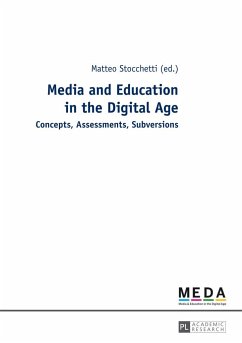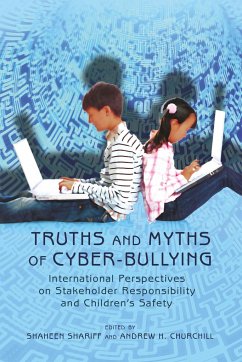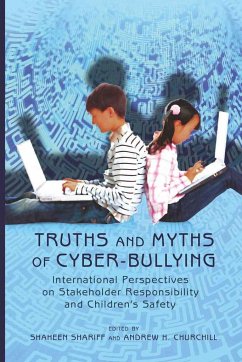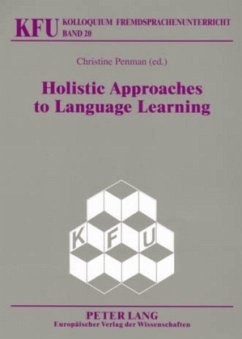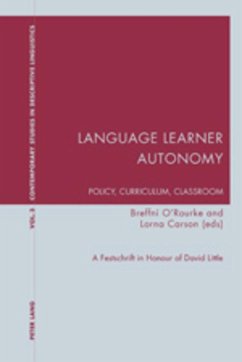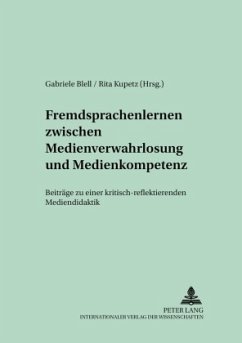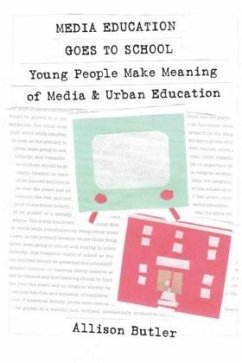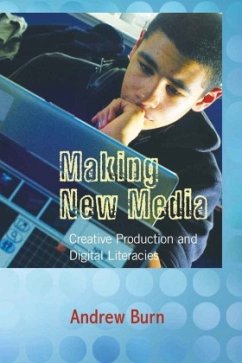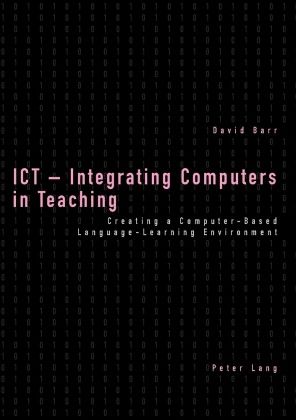
ICT - Integrating Computers in Teaching
Creating a Computer-Based Language-Learning Environment
Versandkostenfrei!
Versandfertig in 6-10 Tagen
80,30 €
inkl. MwSt.

PAYBACK Punkte
0 °P sammeln!
This book examines the role of computers in language learning and teaching in higher education. In particular, it considers the pedagogical and practical value of designing a language-learning environment around computer technology. Whereas considerable research has already been undertaken in analysing the value of individual computer tools and packages (such as e-mail), the study gives a broad appraisal of their individual and collective value, without being too exhaustive. Using quantitative and qualitative data, based on research visits to three universities, Ulster, Cambridge and Toronto, ...
This book examines the role of computers in language learning and teaching in higher education. In particular, it considers the pedagogical and practical value of designing a language-learning environment around computer technology. Whereas considerable research has already been undertaken in analysing the value of individual computer tools and packages (such as e-mail), the study gives a broad appraisal of their individual and collective value, without being too exhaustive.
Using quantitative and qualitative data, based on research visits to three universities, Ulster, Cambridge and Toronto, this study provides examples of effective practice in the area of the exploitation of Information and Communication Technology for language learning and teaching. It draws on the experience of these three institutions, as well as the findings of current literature in this area, in order to establish a set of essential criteria that institutions need to meet when creating a computer-based environment. Although these criteria are based on experience with language-learning environments, they are essentially generic in nature and may be applied to other computer-based learning environments.
Using quantitative and qualitative data, based on research visits to three universities, Ulster, Cambridge and Toronto, this study provides examples of effective practice in the area of the exploitation of Information and Communication Technology for language learning and teaching. It draws on the experience of these three institutions, as well as the findings of current literature in this area, in order to establish a set of essential criteria that institutions need to meet when creating a computer-based environment. Although these criteria are based on experience with language-learning environments, they are essentially generic in nature and may be applied to other computer-based learning environments.





